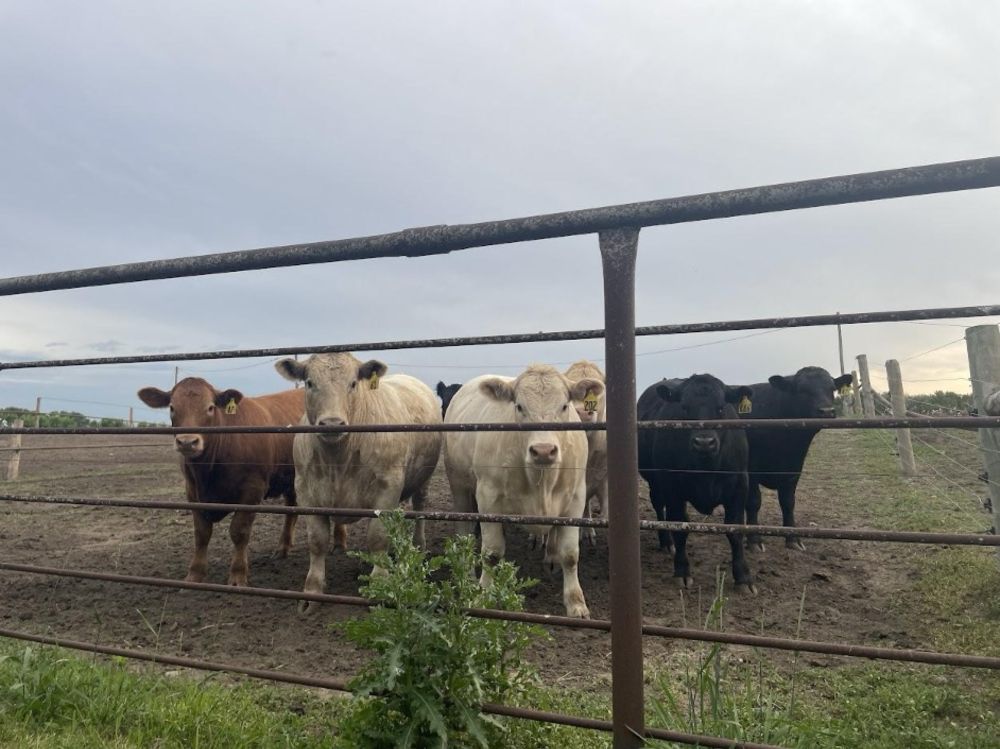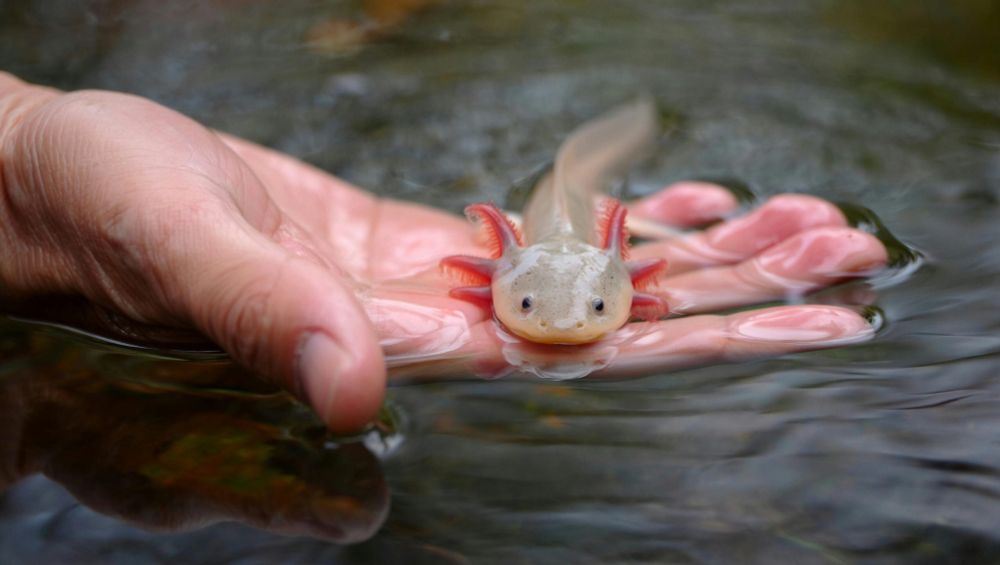Edge Effects
@edgeeffectsmag.bsky.social
260 followers
380 following
58 posts
A digital magazine + podcast covering environmental and cultural change throughout human history from the Center for Culture, History, and Environment.📍 Madison, WI
🔗 edgeeffects.net
Posts
Media
Videos
Starter Packs
Edge Effects
@edgeeffectsmag.bsky.social
· Jul 17
Edge Effects
@edgeeffectsmag.bsky.social
· Jul 17
Edge Effects
@edgeeffectsmag.bsky.social
· Jul 17
Edge Effects
@edgeeffectsmag.bsky.social
· Jul 17
Edge Effects
@edgeeffectsmag.bsky.social
· Jul 17
Edge Effects
@edgeeffectsmag.bsky.social
· Jul 10
Edge Effects
@edgeeffectsmag.bsky.social
· Jul 10
Edge Effects
@edgeeffectsmag.bsky.social
· Jul 10
Edge Effects
@edgeeffectsmag.bsky.social
· Jul 10













